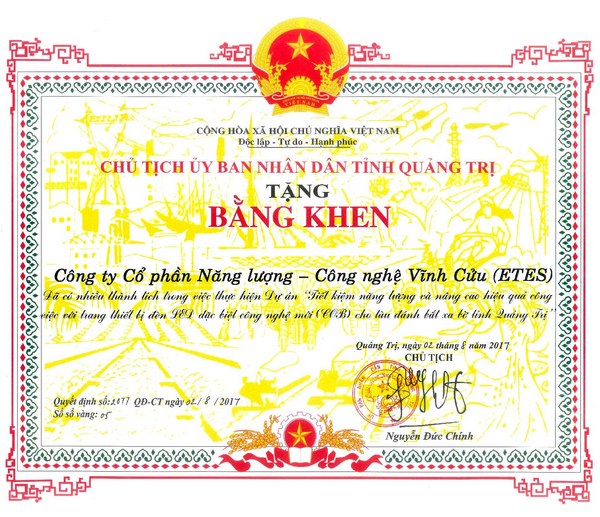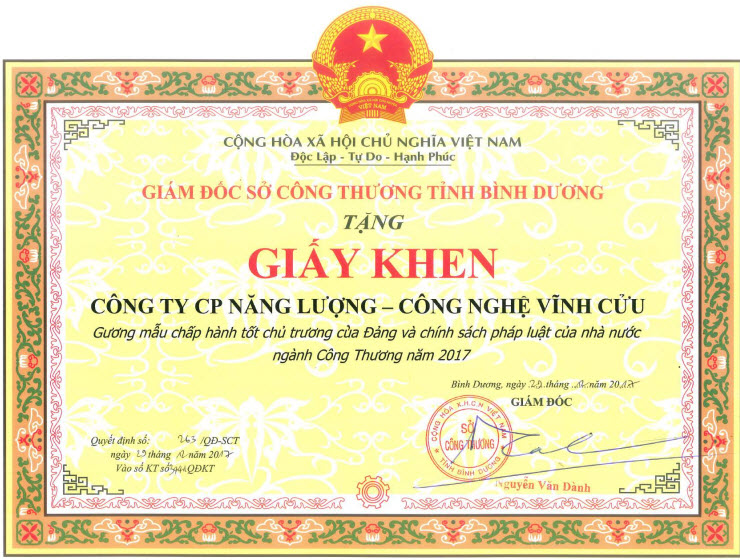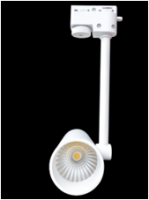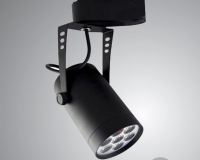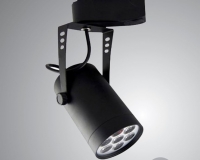Andre Borschberg and Bertrand Piccard have suffered set-backs in their quest to circumnavigate the earth in an experimental solar-powered aircraft. The Swiss nationals are flying Solar Impulse 2, whose large fixed wing is covered from tip to tip with 17,000 photovoltaic cells providing 340kWh of electric power.
Solar Impulse 2 was forced to land on June 1st in Nagoya, Japan, after weather conditions worsened soon after embarking on its longest leg across the Pacific Ocean. Though the aircraft touched down smoothly, gusts of wind damaged its delicate wings in the hours after landing.
The aircraft is powered by taking off in the daylight and rising to an altitude of 9,000m as the sun charges its batteries. At night, the engine is switched off and the plane glides down to 1000m. With only 10 percent of its battery charge left, the plane needs to find cloudless sky to charge its battery in the morning so as to fly continuously.
The plane - an airborne laboratory pioneering the use of alternative energy sources for powering long-distance air travel - took off from Abu Dhabi on 9th March. City's Professor of Aeronautical Engineering, Professor Chris Atkin, says that while this attempt at solar-powered flight is a "great testament to the improved reliability of solar cells, the remainder of the technology is crude by aerospace standards - not unlike a large model aircraft".

Professor Atkin, whose current academic interests centre on innovative flow control techniques for persistent UAVs and low-emission transport aircraft, says there are issues around the weight and energy efficiency of the Solar Impulse 2 aircraft: "The limited potential for solar-powered aircraft is instructive. Solar energy density is something like 0.25 kW per square metre, assuming that these solar cells are one hundred percent energy efficient. An Airbus A330 aircraft burns 60 kW per square metre of wing area, i.e. 240 times more than would be available from perfectly efficient solar energy capture. It is for this reason that the Solar Impulse 2 weighs less than 1% of the Boeing 747 with a similar wing span - although the wing area looks to be around 12-15% of the 747. The very low wing loading (weight per unit area) is what results in the low cruise speed at optimum range conditions. This makes headwinds problematic and indeed dangerous for a manned aircraft of this type."
Energy efficiency and the future of long-distance flight
Professor Atkin adds that for the Solar Impulse 2, "cloud cover is a definite systemic risk if one needs to have adequate sunlight in order to ascend to 27,000 ft to charge photovoltaic cells".
Captain Tilmann Gabriel, a former airline pilot who is currently the Director of City's MSc Air Transport/Aircraft Maintenance Management programmes, believes that a combination of environmental regulation and energy efficient aircraft manufacturing techniques will bring about emissions reductions and make flying both efficient and environmentally friendly. He points to attempts by the European Commission to introduce a carbon emission scheme for airline operators.
Captain Gabriel says the new generation of commercial airliners are lighter, "with composite materials dominating over steel and aluminium. The Boeing 787, for instance, is made out of 35 metric tons of carbon-reinforced polymer (CFRP) with the nacelle and most of the wings and elevators being made out of composite materials. The new Airbus A350 uses similar carbon manufacturing technologies."



